AUXILIARY HOSPITALS DURING THE FIRST WORLD WAR


ROLE OF THE BRITISH RED CROSS

One of the many important services that the British Red Cross provided during the First World War was the provision of auxiliary hospitals and convalescent homes for wounded service men. The British Red Cross had prepared for this and had already found some suitable properties that could be used as hospitals should conflict occur. However, it was not anticipated that this service would play such an important role in the recuperation of so many service men.
Following the outbreak of the First World War, the British Red Cross and the Order of St John of Jerusalem joined together to form the Joint War Committee to pool their resources of money and manpower with maximum economy and efficiency under the protection of the Red Cross emblem. As the British Red Cross had already secured buildings, equipment and staff, many temporary hospitals were largely available for use as soon as wounded men began to arrive from abroad.
Despite the pre-war preparation, on the outbreak of war both the Joint War Committee and the War Office were inundated with additional offers of buildings for accommodation. It was the Committee’s job to sort through these 5000 offers of premises to assess their suitability for use as a temporary hospital. The buildings on offer were varied and included anything from town halls and elementary schools to large and small private houses, both in the country and in towns and cities. Those deemed suitable by the were established as auxiliary hospitals. These were attached to Central Military Hospitals, which directed the movement of the patients, who remained under military control.
In total there were over 3000 of these auxiliary hospitals, which were administered under County Directors. They were usually staffed by:
> a commandant, who was in charge of the hospital except for medical and nursing services
> a quartermaster, who was responsible for the receipt, custody and issue of articles in the provision store
> a matron, who directed the work of the nursing staff
> members of the local Voluntary Aid Detachment, who were trained in first aid and home nursing.
In many cases ladies in the neighbourhood gave part-time service, although it was often necessary to supplement voluntary work by paid labour, such as in the case of cooks. Medical attendance was provided locally and was usually voluntary, despite the extra strain that the medical profession was already under at that time.
The patients at these hospitals were generally the less seriously wounded and those in need of convalescence. The servicemen preferred the auxiliary hospitals as the discipline was not as strict as in the Military Hospitals, conditions were less crowded and the surroundings more homely. It was partly their popularity and reputation for an excellent standard of care which, during the Second World War, was to lead to the extension of these convalescent services to include the provision of a broad range of rehabilitation therapies.
RECORDS OF AUXILIARY HOSPITALS
It is possible to learn from the records a great deal about this aspect of the care for the wounded during the First World War, the improvised hospitals and the vast number of women who undertook what was for many a completely new type of work. There is however no information about the individual patients.
> Reports by the Joint War Committee and the Joint War Finance Committee of the British Red Cross Society and the Order of St John of Jerusalem in England on voluntary aid rendered to the sick and wounded at home and abroad and to British prisoners of war 1914-1919. This volume contains information about auxiliary hospitals and a list of hospitals by county in the appendices
> List of the various hospitals treating military cases in the United Kingdom. Entries are arranged under the different Military Command areas of the country and give the location and size of each establishment. Auxiliary hospitals are included, together with military and civil hospitals. The affiliation between central and auxiliary hospitals is shown on this list.
> Accounts of the work of some hospitals were published at the time in the annual reports of county branches of the British Red Cross.
> Reports covering the work undertaken were compiled and produced at the end of the war by the following counties: Berkshire; Cambridgeshire; Cumberland and Westmorland; Devon; Gloucestershire; North East and East Lancashire; Glamorgan; Hampshire; Kent; London; Monmouthshire; Norfolk; Shropshire; Sussex; East of Scotland. They give descriptions of the work of the local hospitals, often with photographs of the buildings and staff. Some have lists of the VAD staff.
> The County Branches: their organization and work during the first months of the war, volume I. This book contains brief accounts of the early work of auxiliary hospitals in Bedfordshire, Berkshire, Birmingham, Bristol, Buckinghamshire, Cambridgeshire, Cheshire, Cornwall, Derbyshire, Devonshire, Dorset, Durham, Essex and Gloucestershire. Unfortunately the projected second volume of this work did not appear.
